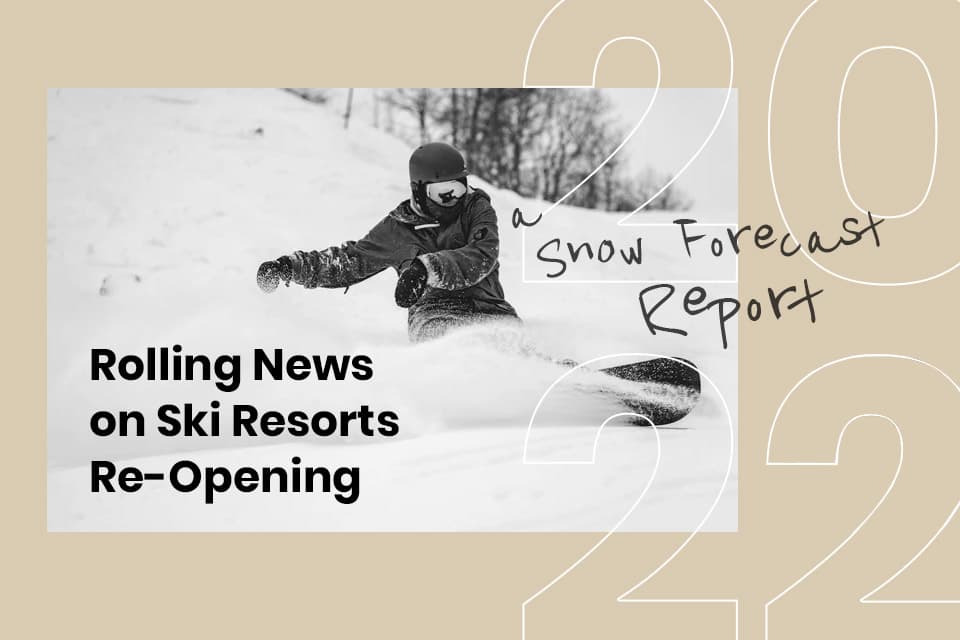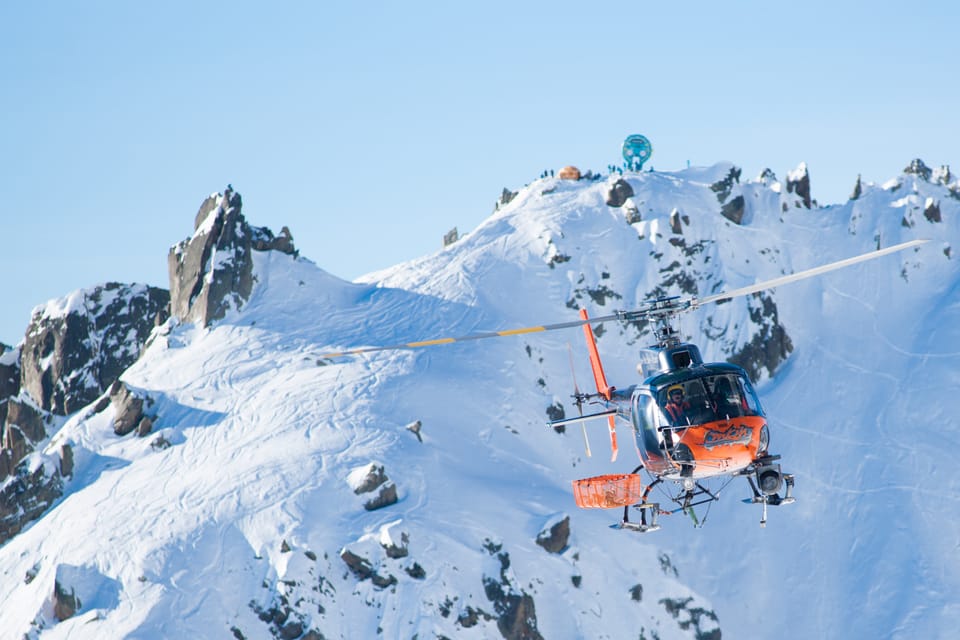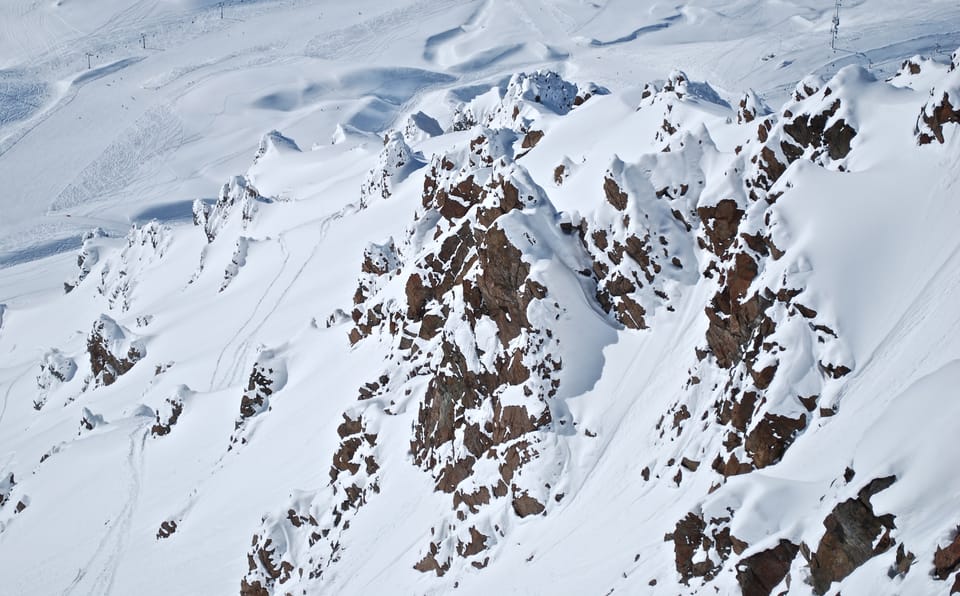The Weather Extremes of PyeongChang
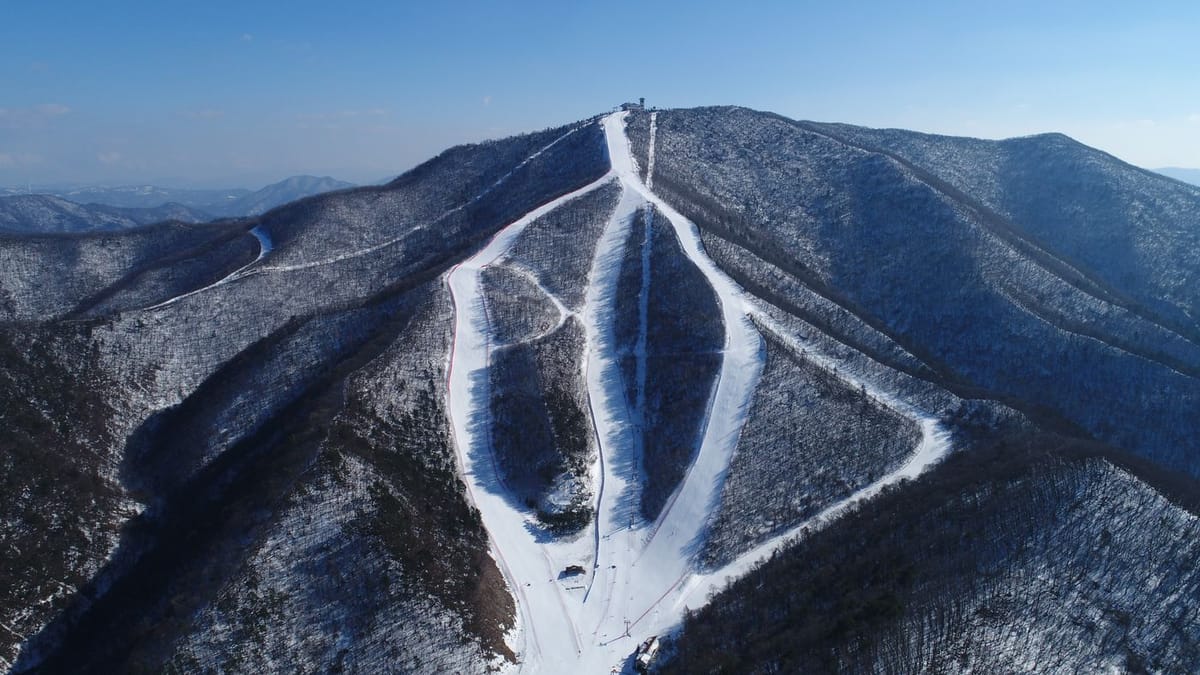
It was clear as the Olympics got underway on February 8th that Pyeongchang was going to set records for the coldest recorded Games, but initially it wasn’t clear quite how many different ways this would impact on the competitions.
The wind was not immediately factored in to our thinking either but as soon as events started being cancelled due to the wind, rather than the fact that team coaches were reporting skis warping after one run due to the cold, it became clear that was a factor too.
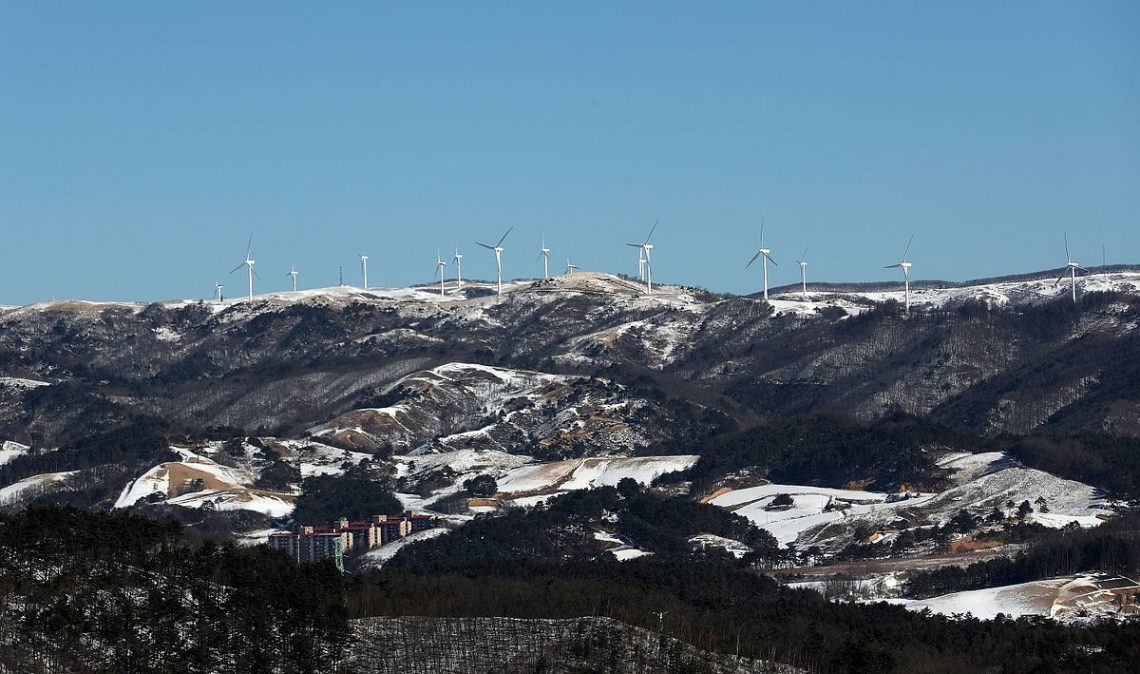
(The presence of a wind farm at the Alpensia Olympic ski venue shows that wind is not unusual here)
The “PyeongChang Gust”
Strong, gusting winds were the main issue for the first five days of the Olympics with freestyle and Alpine skiing and boarding events particularly impacted.
Most were re-scheduled to Thursday or later, and of the few events that weren’t, there was a question mark over whether they should have been – particularly in the case of the women’s snowboard slopestyle competition.
Wind was such a factor in the competition only nine clear runs were recorded from a total of 52 with many competitors forced to abort their routines or falling as they were caught by gusts of wind which British competitor Aimmee Fuller christened the “PyeongChang Gust”
“Unfortunately it wasn’t the best day for our sport,” she told media, adding, “We’re flying over 30 metre jumps and if it gusts you’re going to go down. Some people got lucky and I didn’t.”
Other competitors described the contest as a completer lottery due to the wind and there were many who described the decision to let it go ahead, and then not cancel it once it was immediately apparent that it wasn’t good, as dangerous.
The FIS who made the decision and have now said they are holding an investigation in to their decision, issued two statements:
“The first priority is the safety of the athletes and FIS would never stage a competition if this could not be assured,” the second statement read. “The FIS Jury monitored the weather conditions closely throughout the day, including consulting with the coaches, and considered it was within the boundaries to stage the competition safely.”
“Aggressive Snow”
When the Alpine events did get started Eurosport’s commentators coined the phrases “aggressive snow” to sum up what skiers were racing on.
By the time of the Men’s Downhill race on Thursday morning air temperatures had shot up to a balmy +1C but the snow temperature was showing at -10C on the official read out – two degrees colder than the ice on the ice track in the sliding centre.
This basically meant a snow surface like iron, difficult to turn on and grip too.
One particular feature that became evident was when a skier caught an edge in a rut that had frozen rigid and was unable to pull the ski out of the rut and had their body jolted as a result, sometimes staying up, other times not.
Event Delays Not Unusual
In fact it’s not unusual for Winter Olympic events to be postponed for weather reasons. It was in to the second week before competitions got underway at Nagano in Japan in 1998 and warm weather caused problems at the start of the Vancouver Games in 2010.
The icy gusts of PyeongChang have however been a new combination of weather factors which Olympians have had to learn to cope with.

